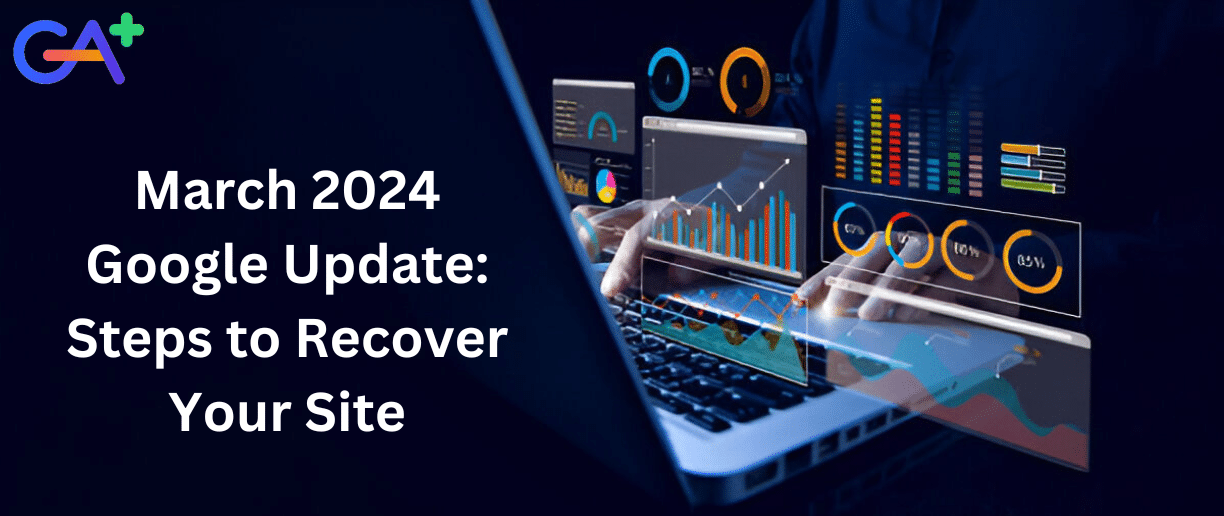What Is Link Velocity in SEO and How Does It Work?

 SEO
SEO
Link building is one of the imperative metrics in SEO known to drive immense organic traffic to your website. The activity of link building is a tried-and-tested technique that benefits your website in multiple ways. It improves your search engine rankings, boosts website authority, and establishes trust among the audience. The links connecting different resources online pave a way for your website to get found by Google.
While creating backlinks, one prominent query that baffles every mind is “What is link velocity?” We have often heard about link building but very few people talk about link velocity.
In this article, we’ll discuss the basic concepts revolving around link velocity and its associated trends so that it becomes easier for us to realize its benefits in SEO and Google algorithms.
What Is Link Velocity in SEO?
Link velocity refers to the rate at which the backlinks to your website or domain are growing over a specific time. It can be measured in terms of new links acquired per month. The process is sometimes also referred to as backlinking.
Link velocity does not particularly guarantee you the top position in search engine rankings but it has a significant role in the process of helping you reach there. Thus, it should be on the radar of every internet marketer. Link velocity in SEO metrics holds a prominent position, as such its time monitoring should be necessarily considered.
However, simply acquiring higher link velocity won’t do the task. Better results come only with quality backlinks, therefore, more emphasis should be paid to building quality links.
Now the question that arises is “At what rate should one consider building links?”, “Will building too many backlinks affect my SEO performance?”
The answers to your questions lay in understanding link velocity trends. The Link Velocity trends indicate the increase or decrease in link growth. Depending on the fact that whether your site acquires or loses links LVT is negative or positive.
Positive Link Velocity
Positive link velocity signifies an upsurge in link growth. It means that the company or product is steadily seeking growth in its popularity. It may also indicate that the particular company is working on employing best practices to improve their link building. Having positive link velocity has an appreciable effect in improving your Google search rankings.
Optimal Link Velocity
As per the Google algorithm, growth in link velocity should be optimal. Your domain should have quality content to ensure that backlinking increases naturally. However, at certain times this is not possible. In such cases, you need to earn backlinks yourself and it should be done in such a way that the increase in your backlinks is steady. It should be neither too fast nor too slow. Earning too many backlinks in one month and zero backlinks in a consecutive month will degrade your website performance.
Negative Link Velocity
Negative link velocity describes the downfall in links connecting to your website or domain. This change is often perceived as a negative signal by search engines which results in degrading your SEO performance. Negative link velocity describes the lack of the authenticity of your domain on the web.
Key Takeaway
Google always keeps on trying harder to come up with quality search results. In the latest Google update, various new aspects have been added to filter out lame sites. Therefore, it is important to be consistent with your domain’s linking pattern so that you can secure a high-quality listing with top-notch results.



